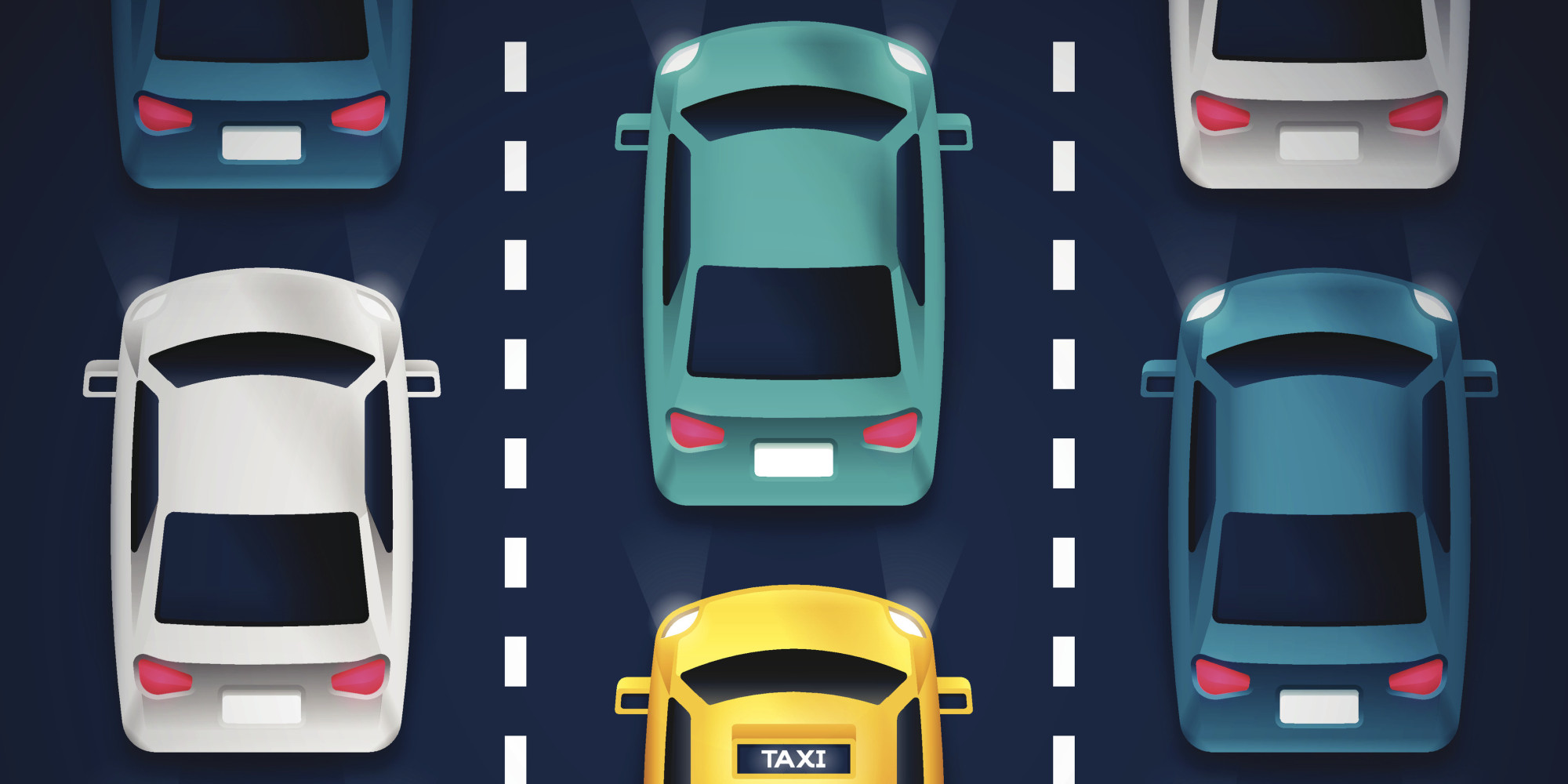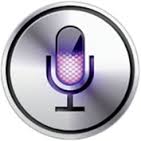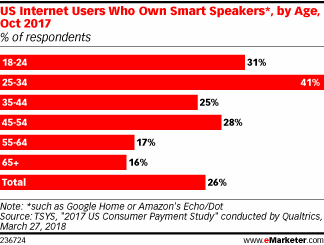 You want to launch a boomer/senior, home health tech, caregiving, product or service. Or other. Your new company gets ready to travel into battle for west coast networking, or you're back from San Francisco or Silicon Valley, consider this guidance, now that cards have been exchanged and follow-up emails sent. Soon your new or existing company will officially launch a new product or service, or a much-anticipated offering will finally ship. You read AARP and Pew survey research reports. Now look over this 6-month-old updated checklist. And you look back on the 2009 advice – which is still valid, especially about creating community around the product – more important than ever. And as for item 6 in this post, THIS MEANS YOU! Really now, are you ready?
You want to launch a boomer/senior, home health tech, caregiving, product or service. Or other. Your new company gets ready to travel into battle for west coast networking, or you're back from San Francisco or Silicon Valley, consider this guidance, now that cards have been exchanged and follow-up emails sent. Soon your new or existing company will officially launch a new product or service, or a much-anticipated offering will finally ship. You read AARP and Pew survey research reports. Now look over this 6-month-old updated checklist. And you look back on the 2009 advice – which is still valid, especially about creating community around the product – more important than ever. And as for item 6 in this post, THIS MEANS YOU! Really now, are you ready?
1) With every new launch, is there a press release? A single release is inexpensive on Business Wire or PRNewsire -- content that will surface on newly-created Google alerts long after the launch date -- and may live on somewhere even after the company is long gone. Not a PDF file attachment, not a Word file, but a viewable (online) press release with links, kept under 1 page, that is found under your website category of PRESS, MEDIA or NEWS. Ideally the date of this release is within the last year. Descriptive titles are a must -- multi-line titles are ridiculous. To be perceived as an ongoing concern and not have viewers speculate about whether the company is still in business, a press release should be issued for every significant business change, including new executives or customers, moves to new offices, etc., with at least one in the past 3-4 months. If the firm has exited from its previous or current business, please, please, PLEASE remove the website – or leave a placeholder saying the company is now part of another company (see Lively and Healthsense) and then redirect to the new site. Delete content announcing an upcoming presence at 'future' events that have happened long ago.
2) Is the website crisp and appropriate for smartphones? Start with the home page that has modest and friendly graphics and images (not a ransom note with 27 different font size and colors) to identify what the product or service does or is. Don't lead with fear-generating images or force the viewer to watch that noisy auto-played video. If you want the reader to recognize that older adults are key to this market, don't limit the site to pictures of children (even if families could also benefit). Make sure to specify how it works, for whom, with multiple tabs for multiple markets, and device-appropriate viewing. And what if anything can be differentiating (mobile, self-install devices, no-install software, cloud-based, integrated with other health-related data, wearable or no-need-to-wear, works with any phone, leading call center supported, etc.). To encapsulate the impact of a product, very short videos (< 30 seconds) are good, videos of actual use are best. Unless the customer is an IT buyer, forget about putting the architecture diagram near the home page.
3) Are you well-prepared for that expensive upcoming tradeshow? Look over this list of advice for preparing for a tradeshow event -- the first question is critical -- why am I participating in this show? Okay, you've made it past that, and now have a step-by-step plan for the show, likely assisted by your new PR firm. Trade shows can be bleak places for startups -- consigned to the back of the exhibit hall without an onstage presentation that can drive people to the booth. These days, there may be no printed guide -- just a mediocre downloaded app -- that shows where your booth is positioned. Consider the attendees that deleted the app right after the show -- time to find those collected business cards, search the web for write-ups, and need for follow-up.
4) Can you get even a short article or mention in a publication? You're launching a business -- and the local business press is looking for entrepreneurs to write about who can make the home town folks proud. This becomes Article-1 under the In the News/Media section of the website. Article-2 will be a news item placed by others about your company and its partnerships; article-3 will be about customers or presentations by executives at trade shows and how boomers -turning-senior will change the market landscape forever (or something similar). Imitation is the sincerest form of flattery – so pick an approach of a company you admire – and follow their structure for news and media updates. And finally, don't forget about this section a few months later -- it's not good to click and see rapidly aging news -- or search for the company and find that it is shutting down.
5) Is the actual product or service going to be available near term? My definition: by the official launch date, some stages of evolution are complete or within a few weeks of completion. For example, there's a working prototype (i.e. no known installation or operational defects); there are identified manufacturers; committed partners; an initial pilot is completed to validate usefulness; the pricing is clear; power requirements are clear; the software works; the product registration and installation processes have been established and validated. It's not okay -- and I would argue a waste of money -- when the product or service can be described, you can do a demo, but resellers and customers won't be able to get their hands on it for 6, 9, or a number of months later -- only to see the investors or prospective partners involved lose interest. 'Pre-order' (see iPhone), 'Join the waitlist' and 'Estimated' announcements can predate progress by many no-end-in-sight months or years. Accepting pre-orders in Indiegogo and elsewhere is a well-oiled visibility tactic, even for established firms. Hopefully the ultimate offering on whatever date doesn't result in the inappropriate expectations.
6) Software vendors -- design with market input -- not your grandmother's! Prospective B2B buyers are jaded -- they've seen many variants of software, for example, for home care services, senior housing, or non-profit segments. Despite the fast-follower mania in home care marketplaces, these are not industries ready for 'if we build it, they will come'. And I hear too many entrepreneurs say the following: "In my personal experience, my family had issues with (fill in the blank) with my own (grand)parents, therefore my offering will address those issues by (fill in the blank)." For most participants in the aging-related industry, a personal experience underpins the enthusiasm to be in this emerging space. If that describes your company, shake it off -- validate prospective value through interviews, surveys, and then follow with software design or website walkthroughs -- before casting the solution into the concrete of release-ready code or product.
7) Service providers and retailers -- what's different, who will buy, at what price, where do they live? The PR firm generates an inbox filled with "we are introducing a new service for (pick one -- finding caregivers, housing, helping families, guiding seniors) that will be the first comprehensive guide/service to (fill in blank)". But really, there is no need to do a nationwide media launch of a service that is initially only available within a single geographic region or has a come-on-in website but the offering is not available. And don't be like the abruptly defunct and long-evaporated WellCore, a presumably consumer-oriented technology that could be pre-ordered before the bugs were debugged -- but launched at a long-ago CES with great fanfare. We should know better: if something sounds too cool to be true -- is it a new flutter of smart-home fluff - or is it a Best Buy reincarnation from a prior life?
8) What's that category -- and is it part of a larger home ecosystem? If there is a trendy new ecosystem, should your offering be part of a large firm's aggregated suite? It helps press, analysts, investors, prospective partners and resellers understand the category placement. Why is this new, new thing Not Like or Is Like the Others? This should not have to be teased out from a sea of obfuscation and inappropriate terminology. Is this a home health care service or a companion care service? They are licensed differently -- does the firm offer both at different prices? Is this a tool for chronic disease management (not exactly 'wellness') or is this one for tracking a fitness regimen (sounds like wellness)? And medication (reminders? dispensers? advice on drug interactions?) management, compliance, adherence? Finally, as with fall detection, is this product really a feature of other product categories like fitness or is it viable on its own as a solution? As with variants of sensor-based home (health) monitoring, is this a category or part of a solution (even if it is renamed IoT)? And if this is the revival of a previous movement, like smart homes, or if it fits into a larger ecosystem (Apple, Amazon, Google, etc.) Is your offering better or worse at protecting user privacy and data your firm needs to collect? Ad is there a service level with a call center?
9) PR team -- please do the research in case your clients don't tell you much. Today, it seems that prior to attending the first networking event, funded startups may engage the PR firm to clarify the messaging, set up the meetings and follow up afterward. But in the category of baffling, I've received requests to tell me all about a vendor, an offering, a launch that I've already written about or mentioned for months (or is even one of my clients). Just because it's Day One for you, the PR firm, and you're really new to this space, doesn't mean that your client and offerings are heretofore completely unknown. Please search online first. Perhaps you are helping to inform about a new release -- and the news is actually new. Or it is not new, just repackaged under a new category (not monitoring, it's IoT!). Just know what has preceded it -- and build upon prior activity. Anything else reflects poorly on the company that hired you.
10) As for the non-launch launch, what if market interest happens anyway? Occasionally it really is day 1 and you didn't do any of the above steps -- maybe because you just won a prize. You have no market visibility, no website presence, but you've networked at an event and may even be creating a category from scratch. Or suddenly you are called by a nationwide media outlet because a friend of a friend is friends with a reporter. Can you offer up a customer or user to interview, can you say how your offering fits into the marketplace (current use of your product, who are other players, market size if available, and target audience)? And most important, can someone in this very needy market actually buy that robotic cat? (Good answer: Yes). If you're not ready, say you're not ready. You know that there is a gap in capability in your target market and your company is just the right company to fill that gap -- and even better, do it with software on an existing platform. No need to rush or launch too early -- because that's the thing about an emerging market to serve an aging population. The customer segment will be around for a very long time. This time let's not disappoint them
 Skip the tech – listen to the experts interviewed – first robots. The good news – this week’s Health Care Technology supplement transcended the limits of doctors and hospitals – and dabbled in the dilemmas of elder care – included technology to assist those with dementia and mitigate loneliness. Another in a long line of ‘robots and chatbots look after the elderly,’ with promotions of those oft-promoted Care.coach and ElliQ, adding Catalia Health’s cute Mabu. These are worthy experiments – and not wanting to be left behind, there are always health organizations eager to see what the fuss is about. Says USC researcher, Maja Mataric: "Robots give patients the illusion of having a physical companion…it isn’t actually very hard to project empathy (Mabu)...Empathy is what you do, not what you feel." Really? How comforting.
Skip the tech – listen to the experts interviewed – first robots. The good news – this week’s Health Care Technology supplement transcended the limits of doctors and hospitals – and dabbled in the dilemmas of elder care – included technology to assist those with dementia and mitigate loneliness. Another in a long line of ‘robots and chatbots look after the elderly,’ with promotions of those oft-promoted Care.coach and ElliQ, adding Catalia Health’s cute Mabu. These are worthy experiments – and not wanting to be left behind, there are always health organizations eager to see what the fuss is about. Says USC researcher, Maja Mataric: "Robots give patients the illusion of having a physical companion…it isn’t actually very hard to project empathy (Mabu)...Empathy is what you do, not what you feel." Really? How comforting. Too much road noise, no self-driving information. So how safe are self-driving cars for us, those pesky consumers who are also the victims of this
Too much road noise, no self-driving information. So how safe are self-driving cars for us, those pesky consumers who are also the victims of this  April showers, daffodils and other flowers. Depending on where you went in April you could experience spring multiple times – each time buds and birds emerging. With them, much news about technology, the good, the bad, the ugly, and the smug – not sure that so much time to look at and listen to
April showers, daffodils and other flowers. Depending on where you went in April you could experience spring multiple times – each time buds and birds emerging. With them, much news about technology, the good, the bad, the ugly, and the smug – not sure that so much time to look at and listen to  Smart speakers – they seem to be the new, new thing. According to eMarketer’s new report ,
Smart speakers – they seem to be the new, new thing. According to eMarketer’s new report , 
 You want to launch a boomer/senior, home health tech, caregiving, product or service. Or other. Your new company gets ready to travel into battle for
You want to launch a boomer/senior, home health tech, caregiving, product or service. Or other. Your new company gets ready to travel into battle for